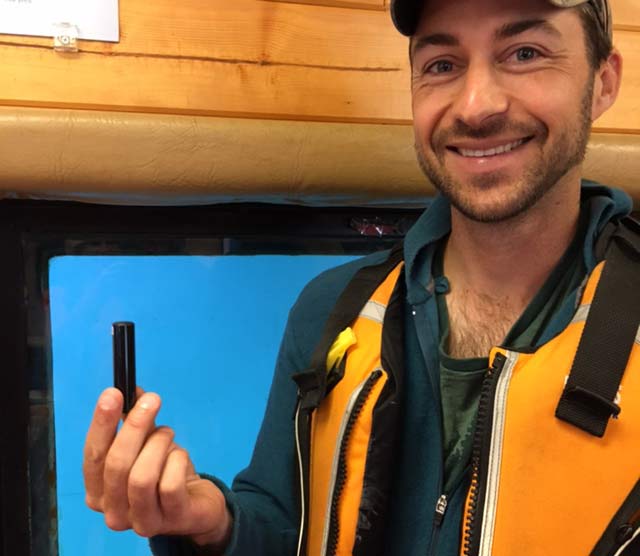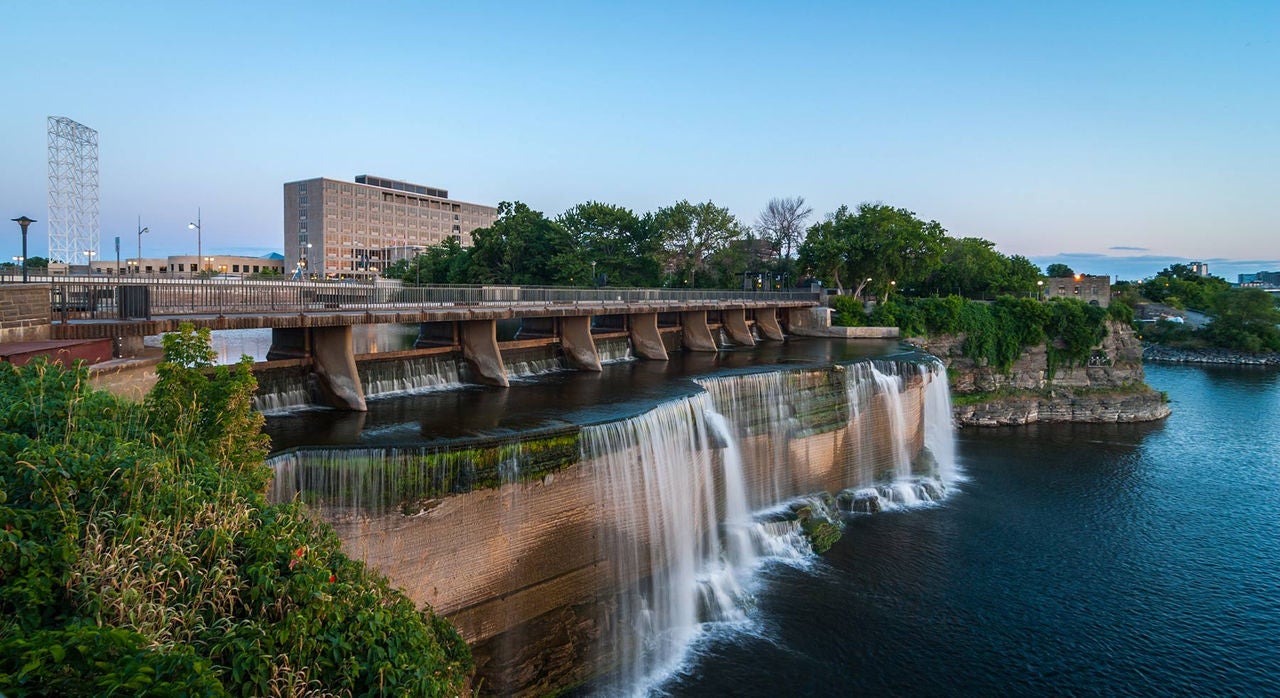Heather Robison
 Chinook Salmon
Chinook SalmonDid you know that Chinook Salmon complete the longest migration in Canada? After swimming 2,700 kilometres across Alaska and the Yukon, these amazing fish then climb the longest wooden fish ladder in the world at Whitehorse before continuing on to their spawning grounds. But it’s an upstream battle, and the Canadian Wildlife Federation is stepping up efforts to conserve the species.
Fish out of Water
The largest of Pacific Salmon species, an adult Chinook salmon can weigh between 13 and 50 kilograms. It has black gums and black dots from its gill plates across its back and tail. Its flesh can be white or pink. Chinook Salmon spend most of the adult lives in the ocean. In saltwater they have blue-green sides which can turn black in the summer. Their bellies are silver. When Chinook make their freshwater spawning run, their colour turns red or black. Nicknames include springs, kings, or tyee. Pacific Salmon can swim up to 50 km a day upstream to reproduce. But while salmon can lay millions of eggs less than one per cent survive to adulthood.

Historic reports from 1850 indicate that about 10,000 salmon were harvested annually upstream of Whitehorse
Slippery Slope
Historic reports from 1850 indicate that about 10,000 salmon were harvested annually upstream of Whitehorse, but over the past few decades the return has been in the area of 1,200 overall passing through the Whitehorse Dam. Built in the late 1950s, the Whitehorse fish ladder is 366 metres long and helps the salmon navigate a 13 metre rise.
This summer the Canadian Wildlife Federation and partners in conservation launched a new migration study to assess the movements of salmon after they pass through the structure on route to their spawning grounds. This new CWF research project is a first step towards being able to verify the reasons behind the decline.
Tagging and Tracking
This August, the Canadian Wildlife Federation research team began gill netting Chinook Salmon below the Whitehorse dam to track the movements of the fish. The migration study also included placing receivers at key locations throughout the upper Yukon watershed.
The project is funded by the Yukon River Panel, Yukon Energy Corporation, the Pacific Salmon Foundation and CWF with in-kind contributions from many other partners. Research will resume over the next three summers to determine where the salmon are spawning. This research will help inform future conversation and recovery efforts. The team includes:
 Dr. Nick Lapointe (project lead) CWF Senior Conservation Biologist, Freshwater Ecology
Dr. Nick Lapointe (project lead) CWF Senior Conservation Biologist, Freshwater Ecology- Dr. Nick Lapointe (project lead) CWF Senior Conservation Biologist, Freshwater Ecology
- James Sebes (field Biologist, Carleton MSc student and CWF summer student)
- Steven Cooke, Carleton University
- Carcross/Tagish First Nation
- Kwanlin Dün First Nation
- Ta’an Kwäch’än Council
- Yukon Fish and Game Association
- Whitehorse Ladder and Hatchery Staff
Sharing the Salmon Story
There are many challenges facing Pacific Salmon such as predation, disease, pollution, habitat loss, overfishing and development. You can help these fish by reducing pollution, supporting conservation efforts and sharing the salmon story. The Canadian Wildlife Federation, in partnership with Environment Canada, is releasing a new series of Hinterland Who’s Who videos about the five species of Pacific Salmon: Chinook, Chum, Coho, Sockeye and Pink. The videos are available in 15 and 30 second formats as well as a three minute version. The new videos are available at HWW.ca.
- 0
- 1
- 2
- 3

